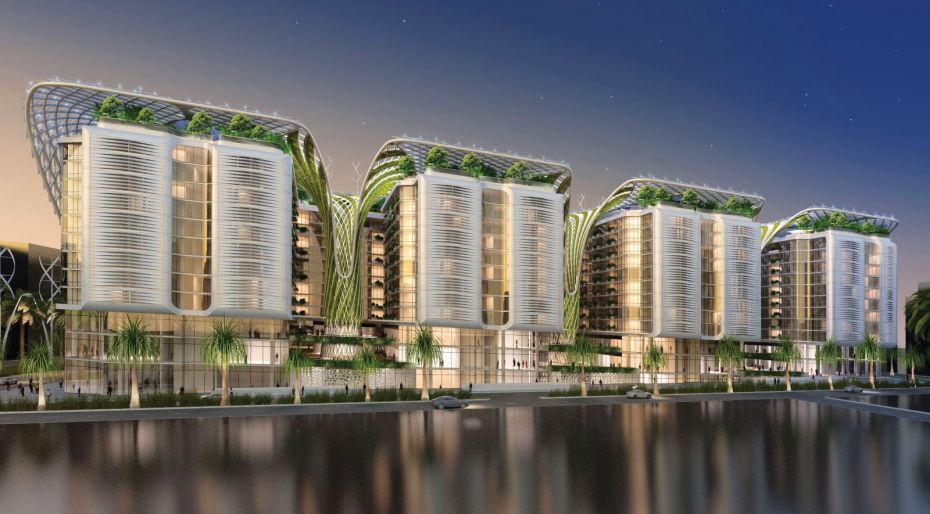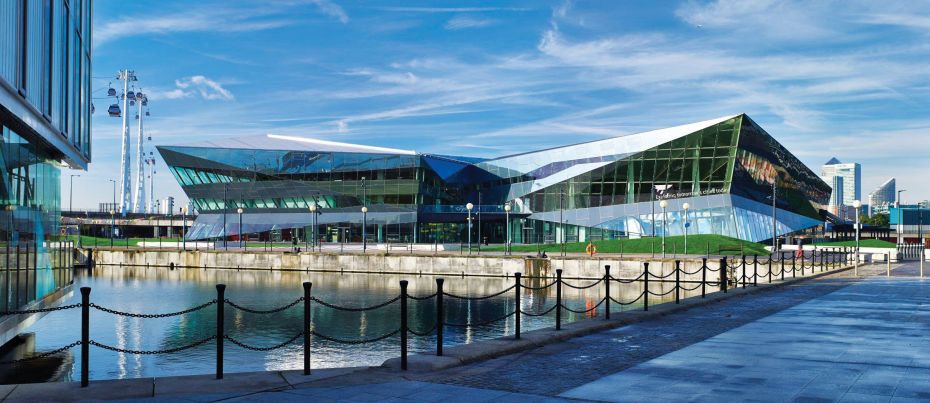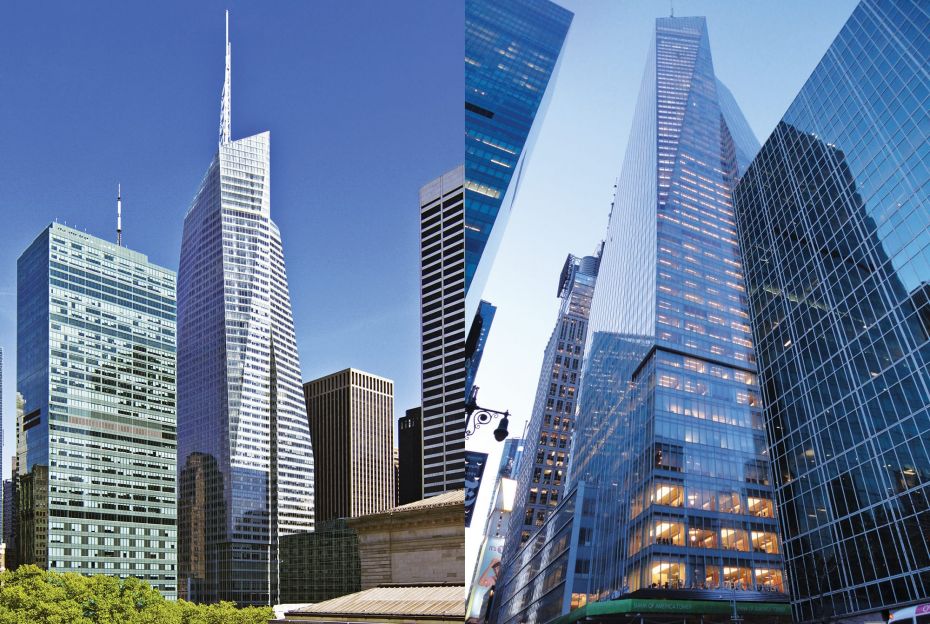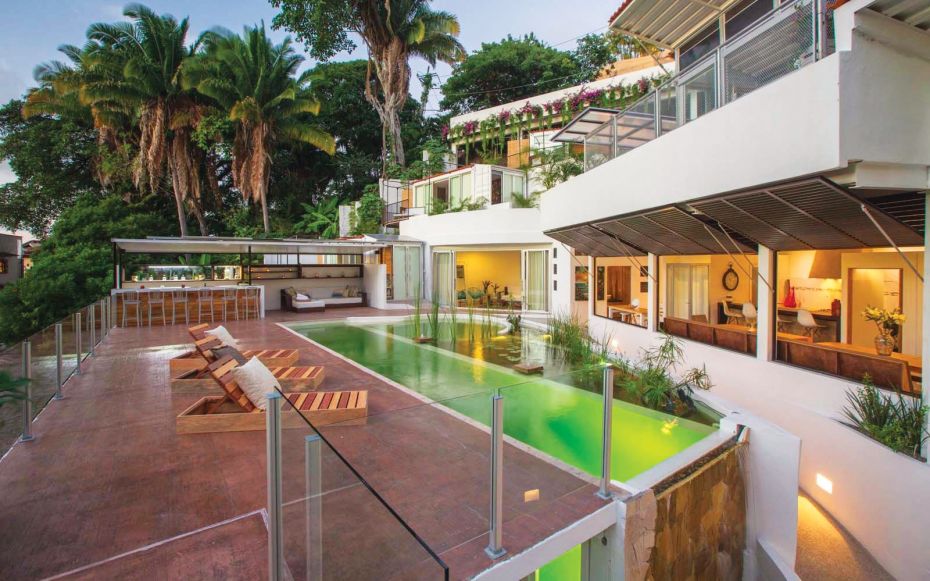Eco-buildings around the world: Europe and North America (I)
By Salma Hwedi on - 4m. reading time
Did you know that quite a significant share of greenhouse gas emissions comes from the building? The energy consumption used within buildings such as electricity, natural gas, petroleum & water all add towards higher CO2 emission so the impact of buildings on our environment is undeniable. This is why today the “green building revolution” has become such a worldwide movement providing innovative ideas and solutions that offer energy efficient, environmentally aware architecture and design that can provide decreased operating costs. Here in Marbella we also care about the environment. So, our specialists from Drumelia Real Estate have decided showcases some of today’s most eco-efficient buildings around the world.

London, United Kingdom – The Crystal
Siemens, one of the leading and top-most companies in the area of electronical engineering and electronics sector in the world, has built The Crystal, an urban sustainable landmark in London that draws thousands of visitors each year. Aside from its striking structural design, The Crystal is one of the greenest buildings ever built by mankind. This building uses natural light, that is, natural daylight is availed of entirely during the day. It also utilizes smart lighting technology, wherein electricity is mainly powered by photovoltaic solar panels. Rainwater Harvesting and Black Water Recycling. The building’s roof acts as a collector of rainwater, while the sewage is treated, then recycled water is purified and converted as drinking water.

Barcelona, Spain – Media TIC
The winner of the 2011 World Building of the Year. Set in the new science and technology district of Barcelona, this €23 million building houses both office space for information and technology businesses and exhibition space, which are open to the public. Its architect, Enrique Ruíz Geli has lovely termed the building “a jellyfish”. Designed as a “digital incubator” and built in the shape of a cube. Consists of a metallic structure, composed of 4 rigid, braced frames. Each frame is covered in a skin of plastic inflatable bubbles made from ETFE that acts as an external membrane regulating light and temperature and therefore providing thermal insulation for the building. As a result, the buildings CO2 emission reduces by 114 tons per year. The material is non-stick so requires very little maintenance. The roof garden is covered with photovoltaic cells for solar collection. At night this storage is used to transforms the building into a luminescent building.

New York, USA - Bank of America Building (One Bryant Park)
The most sustainable skyscraper in New York City is the Bank of America Tower, completed in 2009. Designed by Cook+Fox Architects and built by Tishman Construction Corporation, the building features a long list of sustainable and energy-efficient elements. Employs a system for rainwater catchment and reuse, greywater recycling, energy efficient building systems, and high performance glass, which maximizes day lighting and minimizes solar heat gain and loss. Its most innovative feature is the state-of-theart, onsite 4.6-megawatt cogeneration plant that provides clean energy for the building, significantly reducing its dependence on the NYC grid.

Puerto Vallarta, Mexico - Nemi Eco Villa
Nemi Eco Villa in Mexican resort of Puerto Vallarta is designed and built with the goal of providing an environmentally responsible experience without sacrificing luxury. The sustainable construction materials used to build Eco Villa, and its furnishings, vary from repurposed shipping containers to pallet wood, oriented strand board and metal scrap, reclaimed wood and local adobe. Creating unusual holistic swimming experience, the pool is a completely natural self-cleaning eco system comprising of plant life, sand filters and UV pumps. All rooms are solar powered, with the option of switching to on-grid electricity. The dwellings have been designed to maximize energy conservation, allowing a reduction in the use of solar panels. Eco Villa opted for the simplest, timetested method of the Solar Hot Water Batch Collector. This method is used over hundreds of years and requires no pumps or electronics.
There is a special energy efficient home cooling system though the whole house is designed to take advantage of natural air flow so that the need for air conditioners or fans is minimal. Bio digester technology is used to collect food scraps and human/animal waste and turn it into biogas and natural fertilizer. Harnessing the energy of biogas, it eventually creates electricity through a gas generator.
All wastewater is collected, filtered and used to water the grounds.

"In our next post we will continue to talk about eco-buildings around the world."









